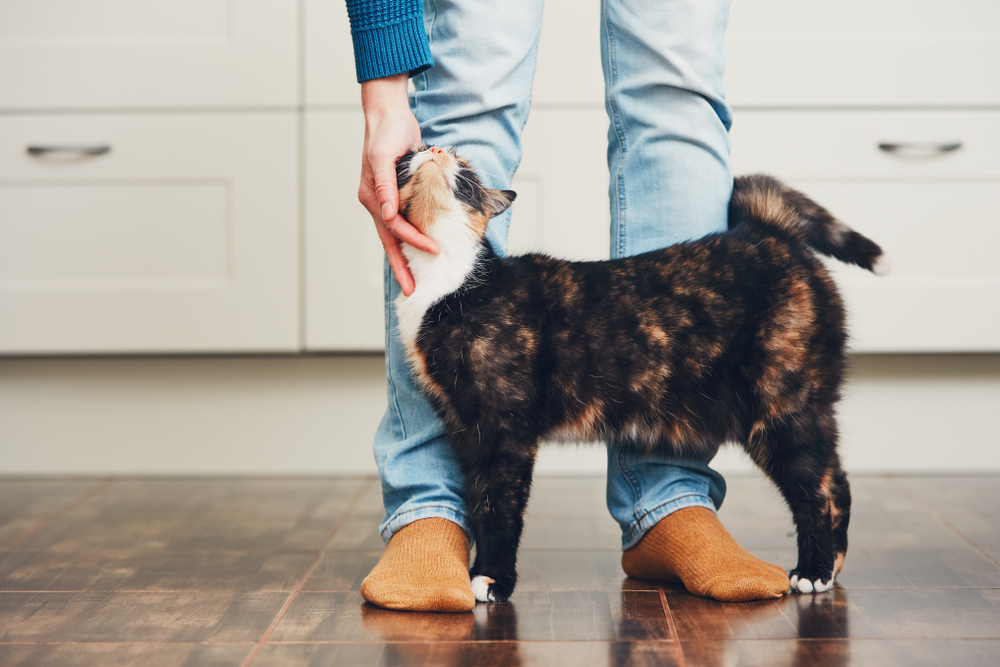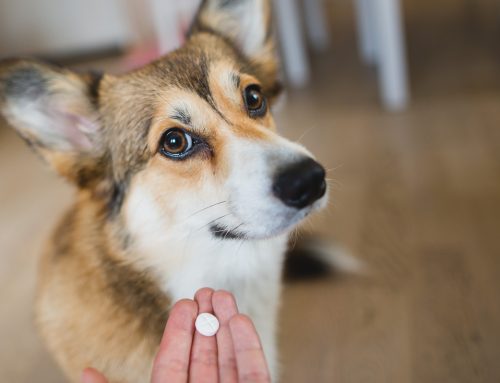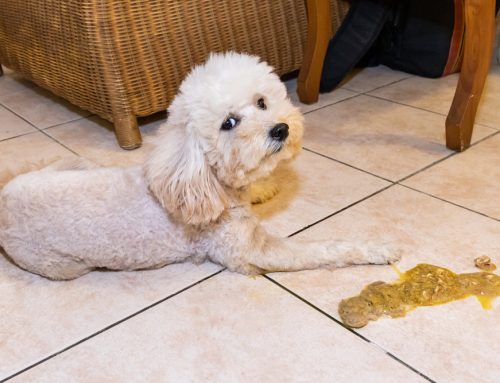Your furry pal has likely been lapping up the extra love and attention you’ve been dishing out because of stay-at-home orders during the COVID-19 quarantine. Since many people were home with plenty of free time on their hands, there was a huge influx of “quarantine puppies,” which essentially means dog lovers were using their forced time at home to welcome a new puppy into their lives. While nothing is more wonderful than bringing home a new pet, and spending every second with your furry bundle of joy, nonstop interaction may actually be setting your puppy up for separation anxiety when life resumes its normal schedule.
As cities and states across the country begin to relax their COVID-19 measures, you may be heading back to work, or booking that canceled vacation. If your new pup has spent the past several weeks or months attached to your hip, they may be in for a huge shock. To help ease the transition back to normal life with daily absences, implement the following tips to prepare your pet for success.
#1: Stock up on a variety of food puzzles and long-lasting treats
Snacks are heaven-sent, whether you’re dealing with puppies or toddlers. Perfect for distraction and rewards, food puzzles and long-lasting treats will occupy your pup while you’re trying to have a moment to yourself—perhaps a relaxing soak in the tub without anyone scratching at the door. If your pooch is usually velcroed to your side, a tasty treat will tempt them to settle in alone to devour their snack. Plus, once your pet realizes they get a special treat for being alone, they will be much more excited about your absence, so ensure you always pair your departures with a unique, high-value treat. You can stuff a rubber Kong full of a mixture of canned food, peanut butter, yogurt, kibble, fresh veggies, and small chunks of pet-safe fruit. Freeze the Kong overnight to last longer—a frozen Kong also helps combat teething pain in puppies, while giving them an appropriate chew toy.
#2: Teach your pet to relax in a special spot
If you have a new puppy or an older adopted dog who may need to adjust to a regular routine when you go back to work, consider crate-training. Your furry pal may be house-trained, and refrains from chewing on your belongings, but a crate offers a safe, cozy spot to rest and relax—you don’t have to shut the door if you trust your pet to behave while unsupervised. Furnish your pet’s “den” with a soft bed, blankets, favorite chew toys, and that special treat reserved for being alone. With enough repetition, your pet will run to their spot when they see you picking up your keys, and wait for their treat. In fact, you may think your beloved companion is eager to see you leave, they are so excited as they dash to their crate. You can also reward your pet for hanging out in their spot while you cook dinner or fold a load of laundry, without a four-legged helper underfoot.
#3: If you currently work from home, still stick to your regular schedule
While lounging around in bed for an extra hour or two while quarantined at home is tempting, sticking to your normal workday routine will help your pet cope when you return to a regular schedule. Acclimate your pup to normal life by feeding, walking, and playing before “work.” Next, confine your pet, as you would if you were leaving to go to the office, or seclude yourself so your pet cannot interact. We know forgoing Netflix marathons cuddled up with your furry pal all day is tough, but implementing a regular schedule will help your pet handle your absence in the future.
#4: Train your pet to be independent
If your four-legged friend is so attached that you turn into a six-legged creature, it’s past time to begin independence training. Start with baby steps—several training sessions may be required to simply leave your pet’s sight, but with patience and plenty of rewards, your furry pal won’t be able to wait for you to leave. The best method to teach your pet to remain relaxed while alone is with a “stay” command, which will allow you to leave the room without your pet trailing behind. Place your pooch into a “sit” or “down” position, say the cue “stay,” and then take a step back. Immediately return to your dog, and offer a treat for staying in place. Slowly increase the distance from your pet, rewarding them for each small step along the way. With practice, you will be able to slip out of your pet’s sight, without them getting up to follow you. Then you can build up to leaving the house.
#5: Ask for professional help if your pet displays separation anxiety

If your furry loved one turns into a panting, slobbering, hot mess who busts through windows when you leave their sight, you need professional help. To avoid mental, emotional, and physical injury to your pet who shows that level of separation anxiety, we often recommend a multimodal treatment plan consisting of anti-anxiety medications and supplements. Each pet suffering from separation anxiety has a different stress level, and will respond in various ways to treatment, so talk to your Country Valley Veterinary Clinic veterinarian for advice on how to help calm your best friend.
We understand that leaving your pet behind when heading back to work will be difficult, for you and your furry pal. For help easing the transition to a normal routine, give us a call to help soothe your pet’s anxiety.







This is some really good information about dog emergencies. I am planning on getting a husky this spring. Thanks for explaining that will want to train my dog to be pretty independent. That does seem like would help prevent against separation-anxiety. It might make taking him to the vet a whole lot easier as well.
I hope you found your husky and are enjoying him! – Crystal C. Murray, DVM
There are many restrictions for covid 19 in daily life. as usual also a pet. you gave wonderful tips.
Thank you. I hope you and your pet are well. – Crystal C. Murray, DVM